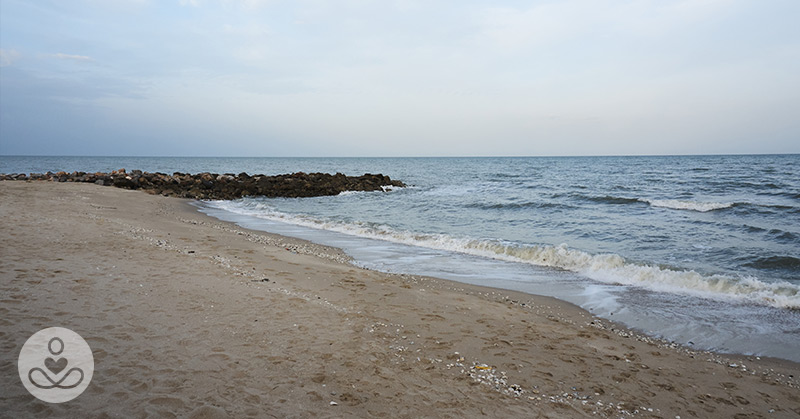Recent reports have highlighted a multi-state outbreak of gastrointestinal illnesses caused by infected oyster imports. However, the same pathogenic bacteria that can cause illness from seafood consumption may also be present at your local beach.
Understanding Vibrio Vulnificus
Vibrio bacteria are commonly found in saltwater and brackish water environments. There are over 20 different species of Vibrio linked to vibriosis, with additional strains associated with cholera. Vibriosis is responsible for 80,000 illnesses and 100 deaths in the USA annually, with most cases occurring between May and October. Vibrio vulnificus is one of the predominant strains in the USA and can be contracted through consuming undercooked shellfish or coming into contact with open wounds at the beach.
Dermatologist Dr. Maria Hicks warns that Vibrio bacteria can be present in sand and on various surfaces at the beach. She advises individuals with cuts or wounds to wash them promptly with soap and water to prevent infection.
Related: Experts are concerned that ‘flesh-eating’ bacteria could be spreading to seafood and beaches due to climate change.
Symptoms and Risks of Vibrio Vulnificus Infection
Symptoms of Vibrio Vulnificus infection typically appear within 24 hours of exposure and include watery diarrhea, abdominal cramping, nausea, vomiting, fever, and chills. In cases of wound exposure, the bacteria can cause spreading soft tissue infections. Individuals with liver disease are at a higher risk of developing a blood infection from the bacteria, which could lead to severe consequences if left untreated.
Related: A Florida man contracted a flesh-eating bacterial infection while fishing in the Gulf of Mexico.
Preventing Vibrio Vulnificus Infection
Although the thought of contracting this flesh-eating bacteria is concerning, there have been no reported outbreaks of infections. To protect yourself and your family, avoid consuming raw or undercooked shellfish and practice proper hand hygiene when preparing seafood. It is also essential to keep cuts and wounds away from beach water and sand, as well as to shower with soap after beach visits.
Disclaimer: This information is for educational purposes only and should not be used as a substitute for professional medical advice. Always consult a healthcare provider for guidance on your specific medical condition.





